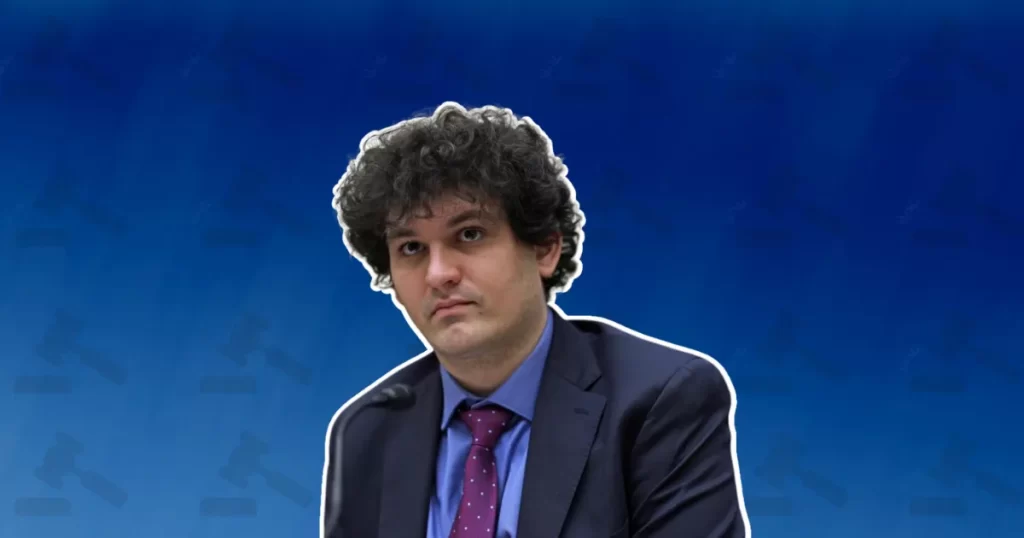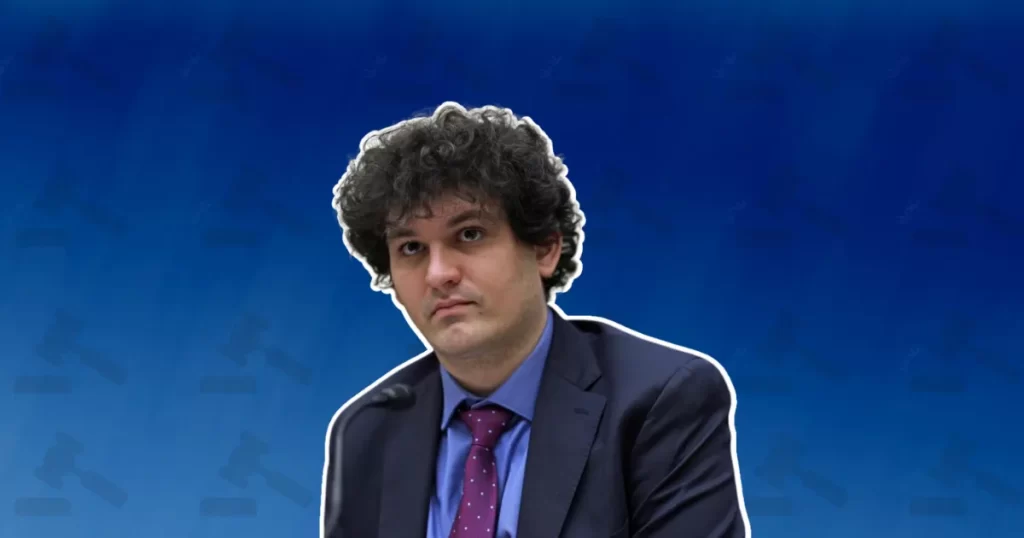Is It Unlikely for Sam Bankman-Fried to Face a 110-Year Prison Sentence? Here’s Why


The post Is It Unlikely for Sam Bankman-Fried to Face a 110-Year Prison Sentence? Here’s Why appeared first on Coinpedia Fintech News
Former FTX and Alameda Research executive Sam Bankman-Fried has been found guilty on all seven counts in a high-profile fraud and money laundering trial. The charges stem from the now-collapsed crypto exchange FTX. The verdict could potentially lead to a maximum prison sentence of 110 years. The sentencing is scheduled for March 28, 2024.
During a recent discussion on Unchained Crypto, Rich Cooper, a former SDNY prosecutor, shed light on the delay between conviction and sentencing. He explained that several steps occurred during this period, including interviews with the probation department to assess the defendant’s background and history. The defense and government submit sentencing submissions detailing the nature of the offense, its impact, and arguments for a particular sentence. Additionally, time is needed for potential hearings to resolve disputed issues.
Cooper and Sam Enzer, a Cahill Gordon & Reindel partner, speculated on the potential sentencing length. They highlighted the magnitude of the fraud, the need for deterrence, and Bankman-Fried’s perjury during the trial as factors that could contribute to a sentence exceeding 20 years. Enzer emphasized that the government often leans towards a harsher sentence, considering the impact on victims.
“There’s a potential sentencing guidelines range that is life in prison, but you have a statutory maximum, I think it’s 110 years. Here, I can’t imagine the government is going to suggest to the court a sentence of 110 years. It seems somewhat out of step with some exceptions in comparable cases. It’s just an extraordinarily long time, as Sam says, for a man who’s in his 30s,” said Cooper.
While discussing a possible plea deal before the trial, Cooper and Enzer suggested that the government might not have been inclined to offer significant concessions, given the gravity of the case and their focus on deterrence. The discussion also touched on the limited options for early release in the federal system, primarily involving good time credits and Rule 35, allowing cooperation post-sentencing.


